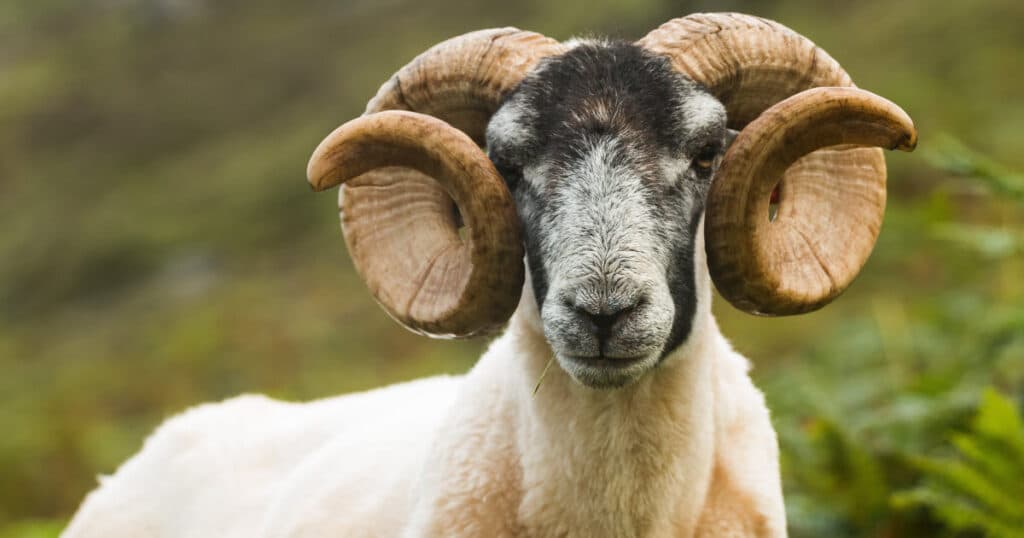Have you ever if sheep have horns? It’s a common question, and the answer is yes, sometimes. Whether a sheep has horns or doesn’t depends on its breed and sometimes whether it is a male or a female sheep. There are some sheep breeds in which both rams and ewes have horns, but there are other breeds that are polled – meaning neither rams nor ewes will grow horns. And then there are other breeds of sheep in which the male grows horns and the female does not.
But let’s back up a bit and discuss sheep horns in depth, highlighting a few breeds of sheep which have especially interesting or notable horns.
All About Sheep Horns
Let’s take a look at some of the unique characteristics of sheep horns, including how they form and grow.
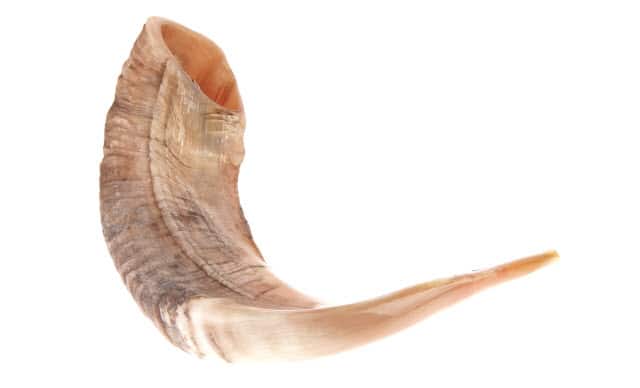
A sheep’s horns are hollow. They are made of a sheath of keratin that overlies a bony core. The core is attached to the sheep’s skull. A sheep’s horns will continue to grow throughout its life. The growth is fastest during the first two or three years of the animal’s life.
There is blood flowing through a sheep’s horns. While a goat’s horns tend to grow straight, sheep horns usually spiral and curl.
Even in breeds of sheep where both the male and female have horns, the male sheep’s horns will always be larger and more impressive.
If two animals are polled (do not have horns) and each has one dominant and one recessive horn gene, there is a 25 percent chance that the offspring will have horns. Genetic knowledge is critical in order for breeders to be able to breed the sheep characteristics that they need.
Why Do Sheep Have Horns?
Historically, wild sheep grew horns for combat and to claim mating rights.
There are some breeds of wild sheep which still need their horns today, but most domesticated sheep have horns merely as a relic of days past and a nod to their ancestors.
Let’s take a look at a few notable types of sheep (both wild and domestic) which have impressive horns.
Jacob Sheep
Jacob Sheep are a breed of sheep in which both the males and females have horns. The Jacob sheep is small and black and white in color. While rams of this breed are between 120 and 180 pounds, ewes tend to weigh between 80 and 120 pounds.
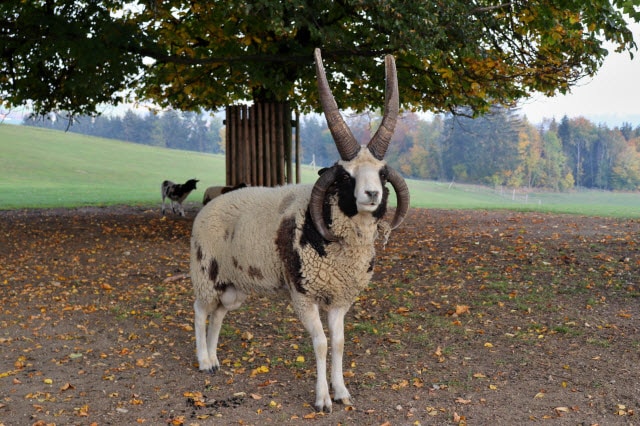
Their base color is white and they have black patches or spots. Sometimes the patches or spots can be brownish or even a sort of lilac color rather than black.
Jacob sheep are a polycerate breed. This means that they are multi-horned. Most Jacobs have between two and four horns. Sometimes they can have as many as six! Rams have much bigger horns than the females, and they tend to have quite a striking shape.
This kind of sheep was first brought to North America in the middle of the 20th century. Most of the Jacob Sheep on that continent descend from sheep imported over the last 30 years. Jacob sheep are popular not only with small flock holders but also weavers and hand spinners.
In North America, fleece characteristics have been the basis on which most selection has been done. Jacob Sheep is described as having a medium fleece that is open and light. Its staple length is between four and six inches.
Bighorn Sheep
When we think of wild sheep with horns, the Bighorn come to mind.
Rocky Mountain Bighorn
Rocky Mountain Bighorn is one type of bighorn sheep found in North America. The Rocky Mountain Bighorn Sheep is North America’s largest wild sheep. Believe it or not, a male Bighorn Sheep can be as heavy as more than 300 pounds!
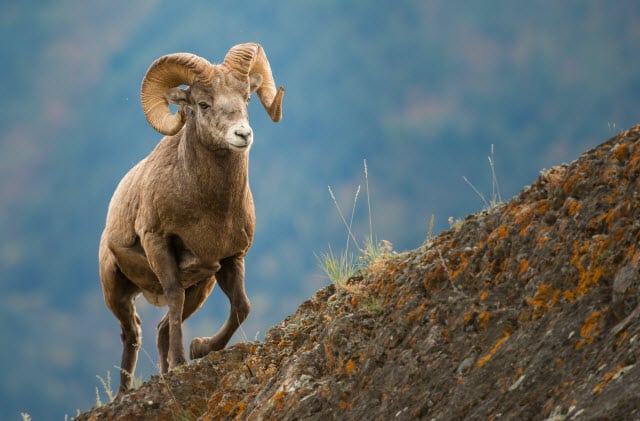
Their height at the shoulder can be 42 inches. Rocky Mountain Bighorn sheep are usually grayish brown to dark brown in color and have a white patch on the rump, back of legs, and muzzle. In the spring, the coat color tends to get lighter.
Shedding of the winter coat takes place during this period. After shedding, you can see the summer coat, which is darker. Rocky Mountain Bighorn rams have enormous, curled horns.
Female Rocky Mountain Bighorn Sheep have shorter and smaller horns that have only a slight curve. Female Rocky Mountain Bighorn Sheep usually weigh between 125 and 150 pounds. Rocky Mountain Bighorn sheep are found in the western United States, stretching as far south as New Mexico. They are found in Canada too, in the provinces of Alberta and British Columbia.
Desert Bighorn
Another kind of Bighorn Sheep is the Desert Bighorn. This kind of Bighorn is smaller and has a coat with a lighter color than the Rocky Mountain variety. The largest rams in this species generally weigh a maximum of 220 pounds.
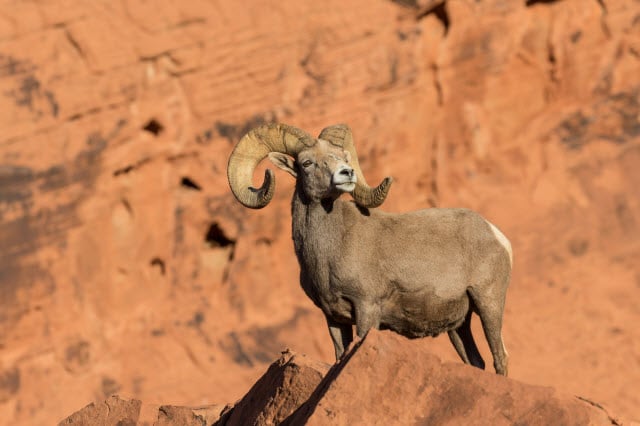
Desert Bighorn rams usually have a height at the shoulder of 38-42 inches. This kind of wild sheep is found in southern California, Arizona, New Mexico, Nevada, and Utah. They are also found in northern Mexico.
While Desert Bighorn Sheep horns are longer than those of the Rocky Mountain variety, they are not as large. They sometimes flare quite a bit outwards after curling near the face. There can be significant differences between the horn structure of individual Desert Bighorn Sheep.
The Desert Bighorn’s ears and tails are a little longer than those of the Rocky Mountain Bighorn. The female Desert Bighorn Sheep usually have greater horn length than the females of other types of wild North American sheep.
Why Many Breeders Select and Raise Polled Sheep
Sheep breeders usually select for polled animals because there is no reason for stock in commercial operations to have horns.
In fact, horns will make stock more difficult to keep and many breeders feel they serve no purpose when domesticated (beyond offering an attractive appearance).
Only wild sheep find horns useful. They can use them for self-protection and competition with other sheep.
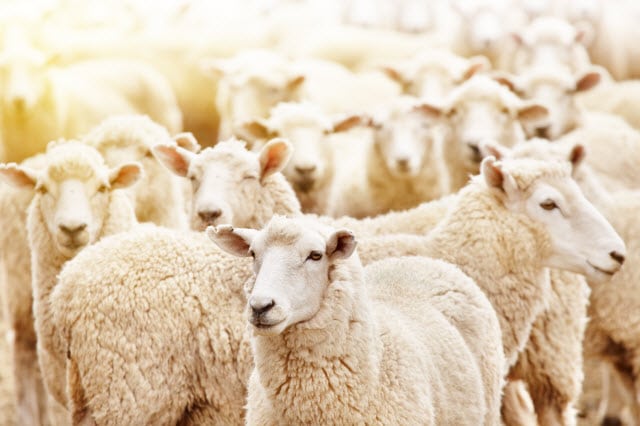
Domestic and agricultural sheep having horns can cause problems as they can mean that the animals will get their heads stuck in equipment, feeders, and fences. Also, sheep can use horns to hurt each other.
Horned sheep are more difficult (and even dangerous) for humans to handle.
For example, it may be more difficult to shear the wool from a horned sheep. And horned sheep crowding around a feeder have a tendency to hook the back of your legs in their haste to get to their grain or hay.
Today, you may sometimes find horned sheep in flocks on non-commercial hobby farms, and they are popular among heritage breeders who are dedicated to preserving the history of horned breeds of sheep. Most commercial operations prefer to raise polled animals when they can.
As we’ve seen here, horns depend on their breed. As horns make sheep more difficult to handle, domestic and agricultural breeders tend to select against them. Horns are really only important for wild sheep, as they sometimes need them for self-protection and competition.

